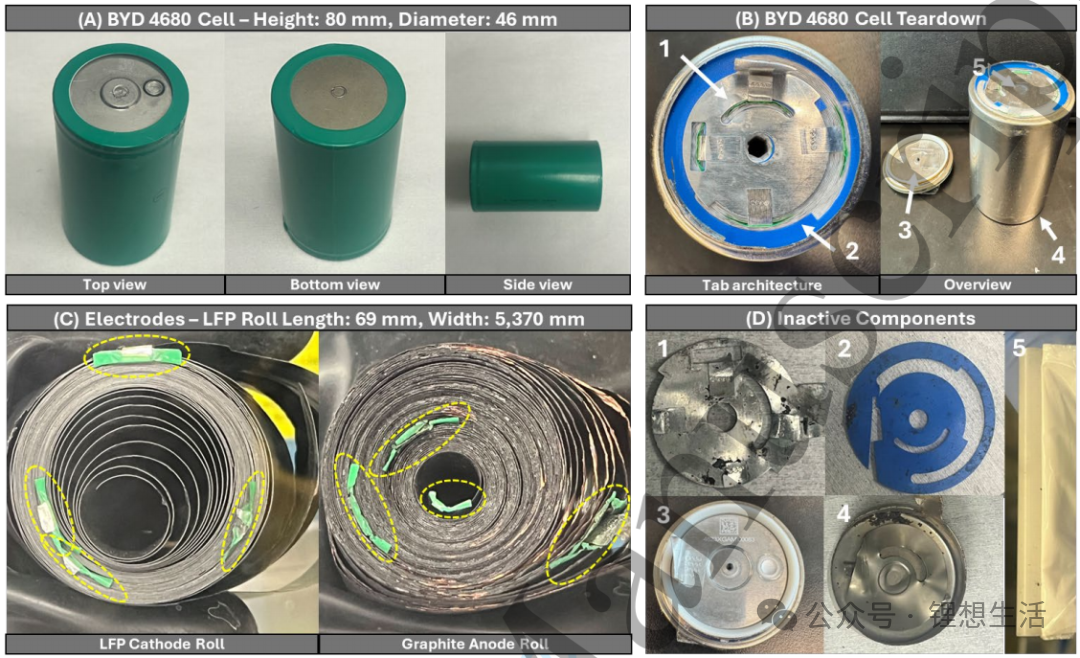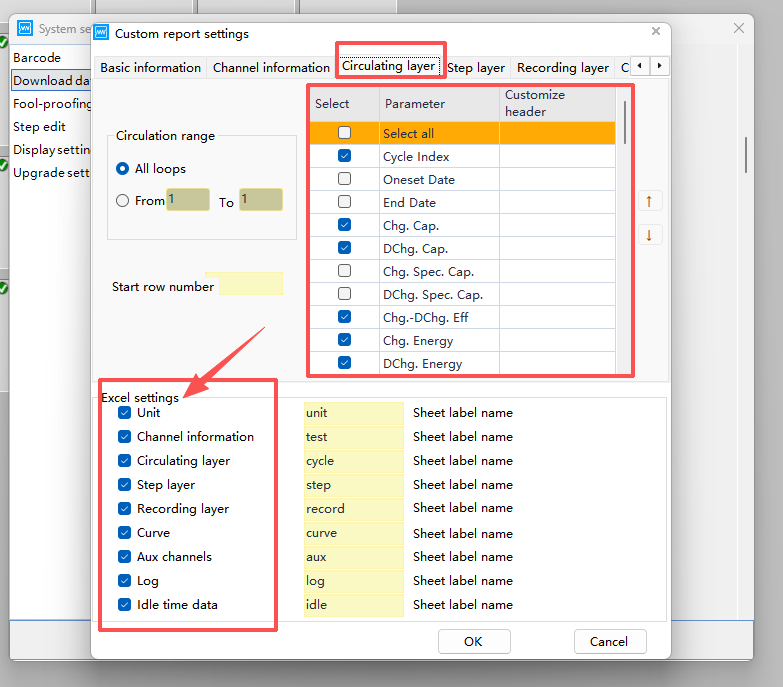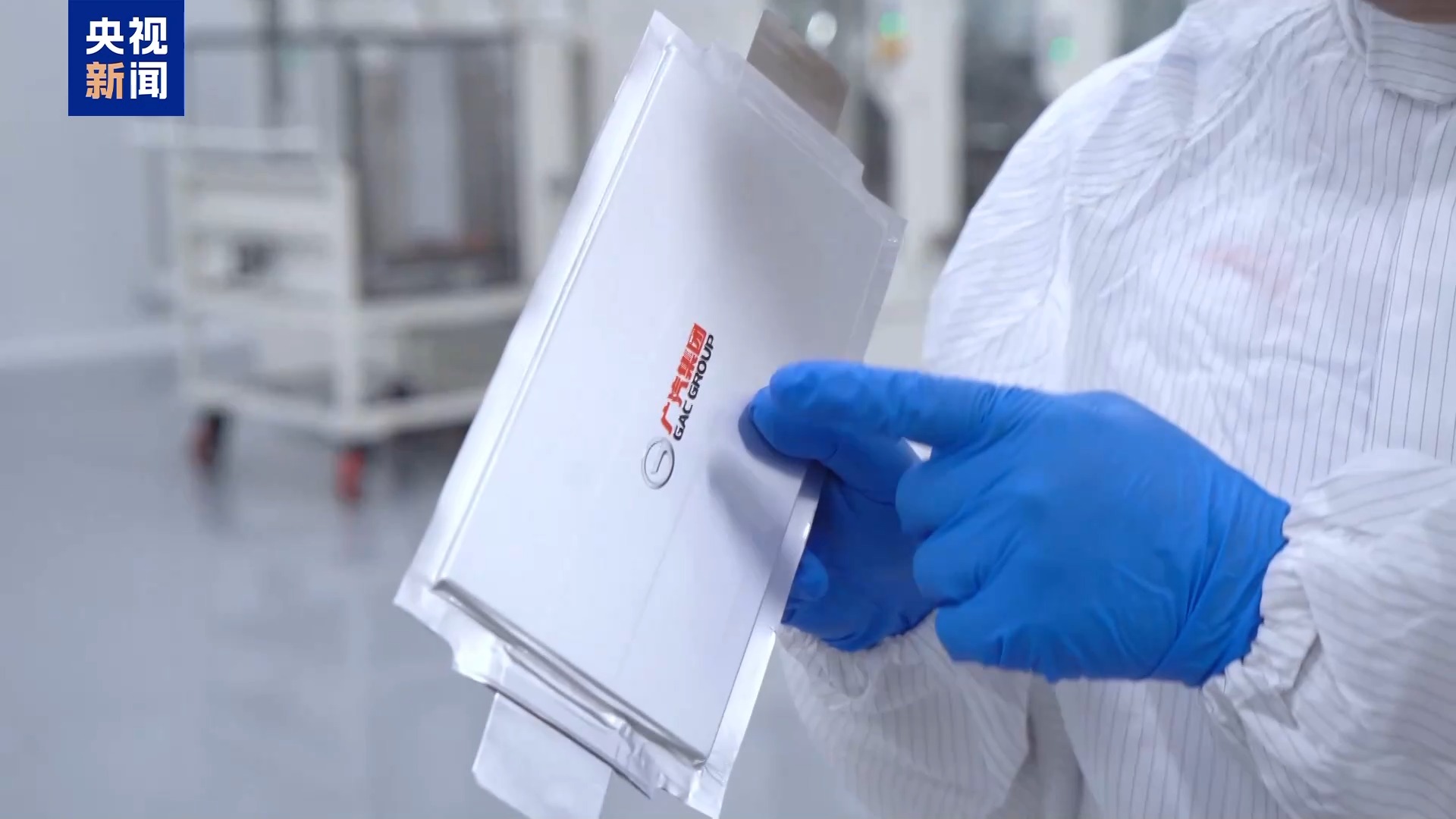
How to determine the charge/discharge cutoff voltage of a lithium-ion battery?
How to determine the charge/discharge cut off voltage of a lithium-ion battery? And what is charge/discharge cut off voltage? What is charge/discharge cut off voltage? The charge/discharge cutoff voltage refers to the upper and lower limits of the voltage set during the charging and discharging process of a lithium-ion battery to avoid battery damage, ensure safety, and extend its service life. Charging Cut-off Voltage: Definition: The highest voltage a battery is allowed to reach during charging. When the battery voltage reaches this value, the charging process must be stopped or switched to trickle charging/stop charging. Purpose: (1) Prevent overcharging: Continuing to charge beyond the cut-off voltage is called overcharging. (2)





